Some people get lucky and are born with all the talent. Think of the Olympian on the television talent show that has a voice like honey. Consider that annoying neighbor who speaks five languages and earns double your wage. Another example is writers who are artists, who can paint an amazing picture, and then sit down and write a mind-blowing work of fiction.
What is it that links these two forms of expression – visual art and writing – so intrinsically? Read on as we delve into the world of writers who are also visual artists.
Jack Kerouac
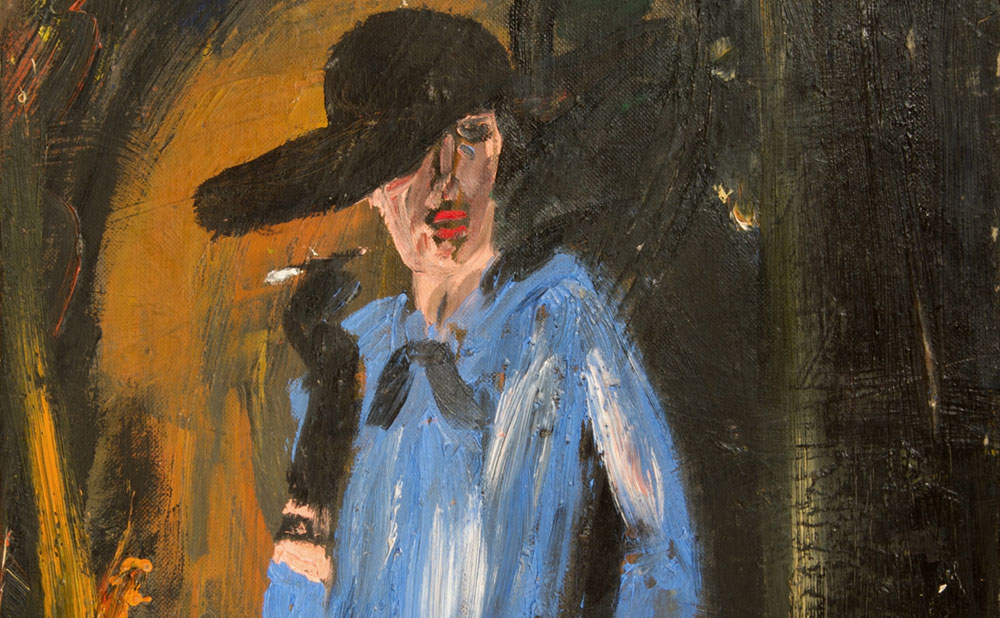
Our story begins with the shining example of Jack Kerouac. Most famous for writing On the Road, his ode to the post-war beat generation (championed by Lawrence Ferlinghetti) defined counterculture. This memoir made him a cult literary figure in his circle, influencing both The Beatles and Dylan. After his death, his chaotic writing attracted fans from far beyond his subculture roots.
What many people do not realize is that Kerouac was also a passionate painter. Many would say his abstract style was indicative of his generation. However, it has a classicism to it that many overlook.
Most of his work is figurative. He elongates the form somewhat and has a penchant for obscuring faces. The obvious tropes would be to blame this on forays into hallucinogens, but that is a lazy assumption.
A bigger influence than drugs on Kerouac’s life was the death of his older brother at the age of nine. In fact, he created a whole novel named Visions of Gerard in which he explored early youth. This obstruction of the face is an obvious and deliberate disconnect with his subjects, almost safeguarding himself against potential loss.
Kurt Vonnegut
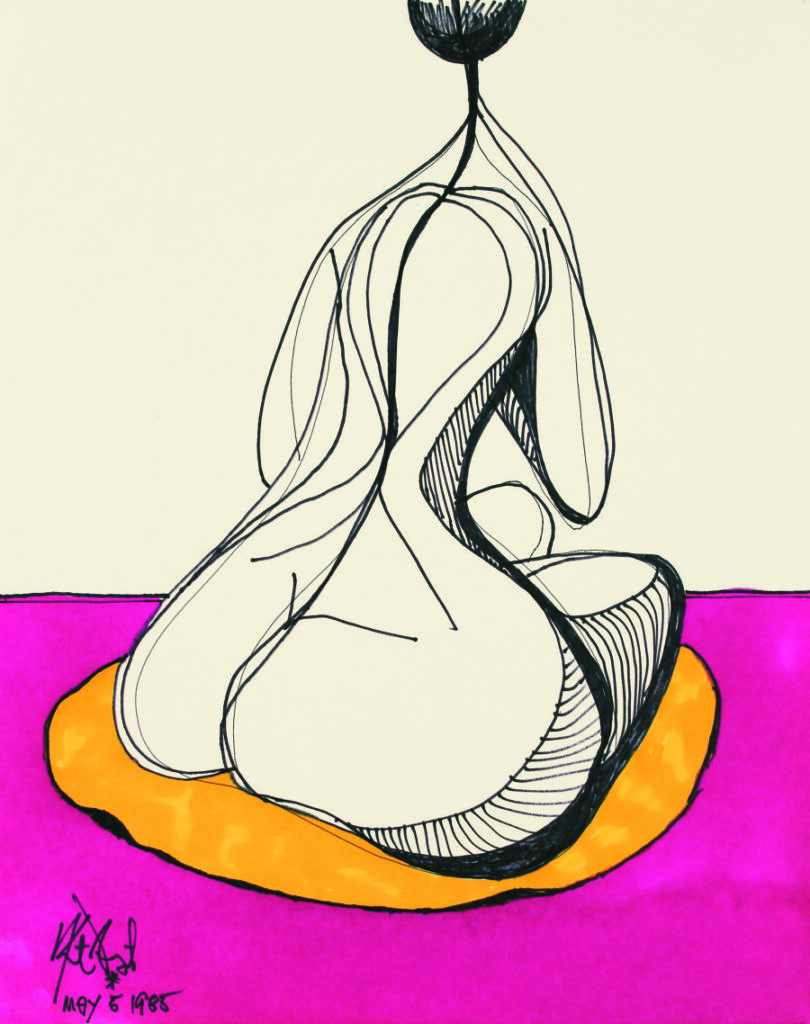
Kurt Vonnegut was another influential author who indulged in art. The author of Slaughterhouse Five and Cat’s Cradle was much more linear in his style than Kerouac. In fact, whereas Kerouac used everyday life and people as his subject, some may say Vonnegut’s pictures were downright odd.
Blending the stark, inked lines of Schiele with Yellow Submarine style surrealism, it is hard to make out the thought process of Vonnegut’s musings. Part cubist, part felt tip experiment, it is different from the thick daubs of Kerouac.
However, even in their differences, some similarities can be observed. Distorted, obscured faces make a return in many of his pictures. In others they are complete, but with distorted features such as lips, eyes, and noses.
These two authors did not have lives that different from one another. Both had served in the military and experienced similar responses to it. Both also suffered a loss in the early part of their childhood.
For Vonnegut, this was not personal, but financial. His family fortune was lost along with the life they had become accustomed to. While his older siblings had private educations, Vonnegut was sent to the state to learn.
Douglas Coupland

Working the other way around is Douglas Coupland. Despite gaining his early following as a prolific writer with titles such as All Families are Psychotic, Coupland’s background was in art itself. He trained at the Emily Carr University of Art and Design in Vancouver, studied at the European Design Institute, and then the Hokkaido College of Art and Design in Sapporo.
Coupland is an enigma, in that he effortlessly flits between the two mediums. His writing and his art have always managed to be at the forefront of what is current yet underground. He is a zeitgeist in himself.
The Writer’s Brush
The Writer’s Brush is a book by Donald Friedman. Featuring 200 writers, the exploration attempts to draw out the connections between art and literature. It is an interesting take that shows how many writers who are artists use art as a tool. This helps to visualize and expand on what they imagined, like a drafting process.
For example, Hans Christian Anderson was an avid fan of paper cutting, a popular hobby at the time. He would make intricate silhouettes of characters and places, even calling them a prelude to writing in one of his letters.
Tolstoy would also illustrate his manuscripts. If his children’s books had no illustration, he would do it himself. Throughout the history of literature, it seems that art has been a way of getting out and finalizing ideas.
Beyond Literature

This concept is nothing new. In fact, it pervades everything we do. Einstein himself had said that his concepts came to him in pictures, not words. It is a biological characteristic that may be inherent in those with an artistic ilk.
The mind imagines things using similar steps to the ones it takes when using its vision. Studies that asked people to keep diaries of their thoughts showed many people do not just see a picture when imagining. They see how things move, their colors, and how they smell. In fact, about everything you would expect from a great literary description.
Furthermore, the study found that the reason for visualizing was for one of three things. They were either linked to solving a problem or deciding, understanding a description of something, or changing mood or feeling. All these processes are identical to that which you would need to articulate a great piece of prose.
Perhaps the obscuring of the face, inherent in much of the mentioned artist’s work, is not to create a disconnect brought on through loss at all. Perhaps it is simply to create a blank canvas for the imagination. So the description of the character or person is suggested, instead of written in stone.
Following in Their Footsteps
So what can we learn from these writers who are artists? The truth is many of us are doing a small part of it anyway. We just need to follow in their footsteps and persevere with our ideas.
Every time you scribble a doodle on your shopping list or paint a face when decorating, you are performing this process. The only difference is that these writers carried on with their work. They shaped it and crafted it, turning it from words to images and back again, until they had a creation that would stand the test of time. How often do you do this, or do your ideas just get consigned to the trash can of afterthoughts?
Next time you draw out your ideas, you are following in the footsteps of literary giants like Tolstoy and Kerouac. But to be great, you need to put in the hard work and develop what you have. Now all you need to do is finish off that novel that has been sat on your desk for years.
What off-the-cuff art have you created that looked amazing? Are you a writer who also creates art? Let us know through our social media channels!



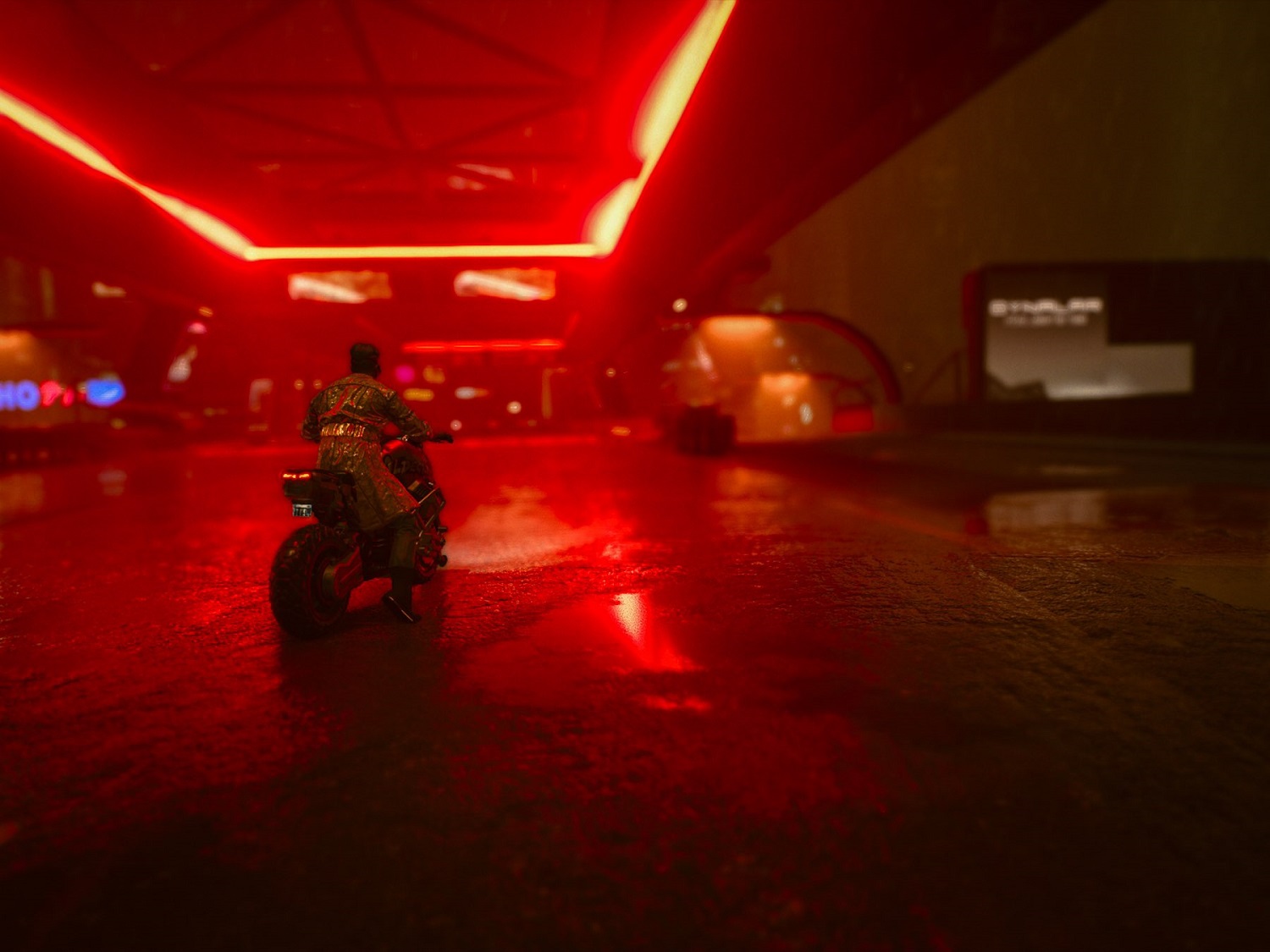
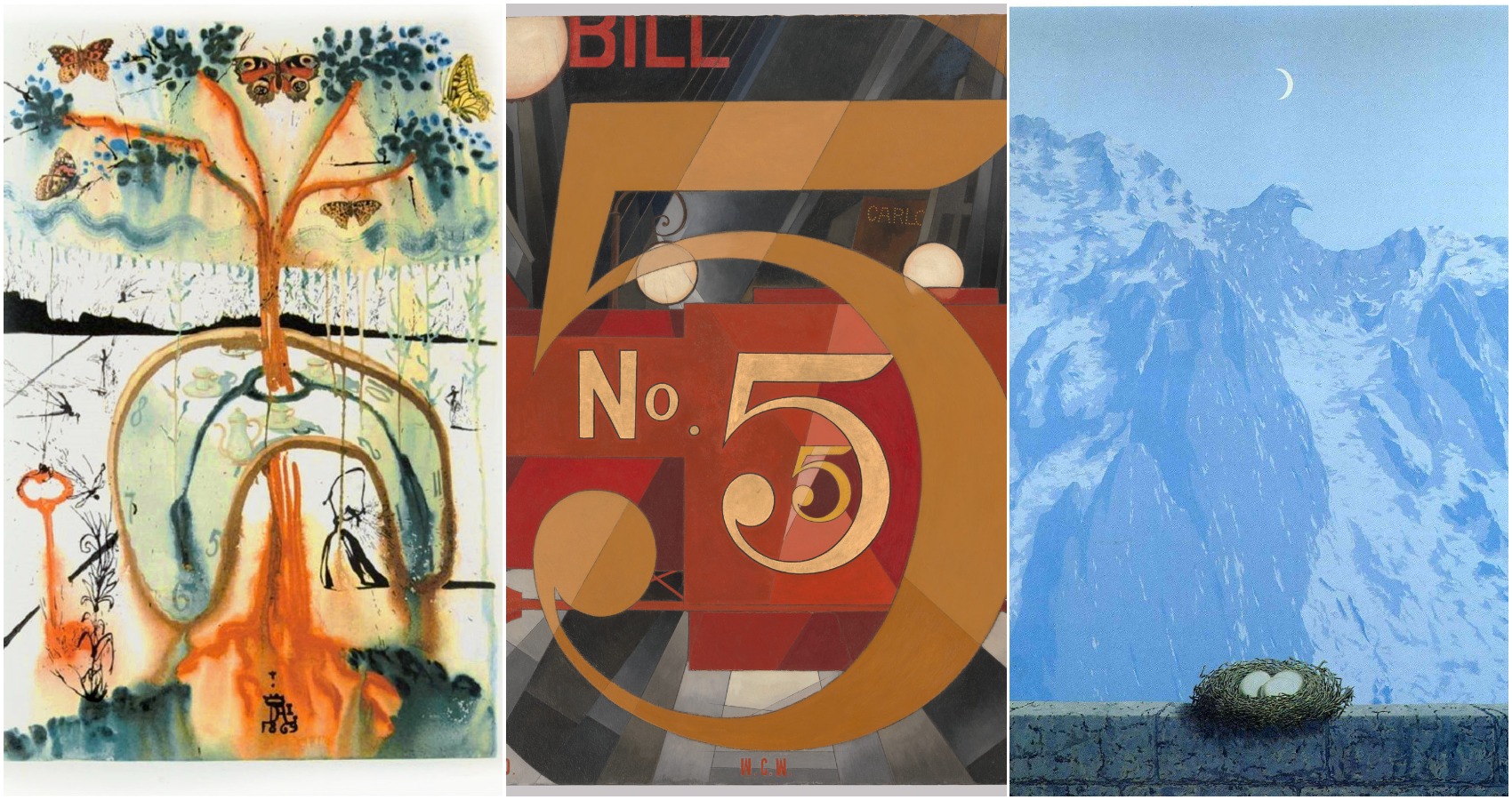
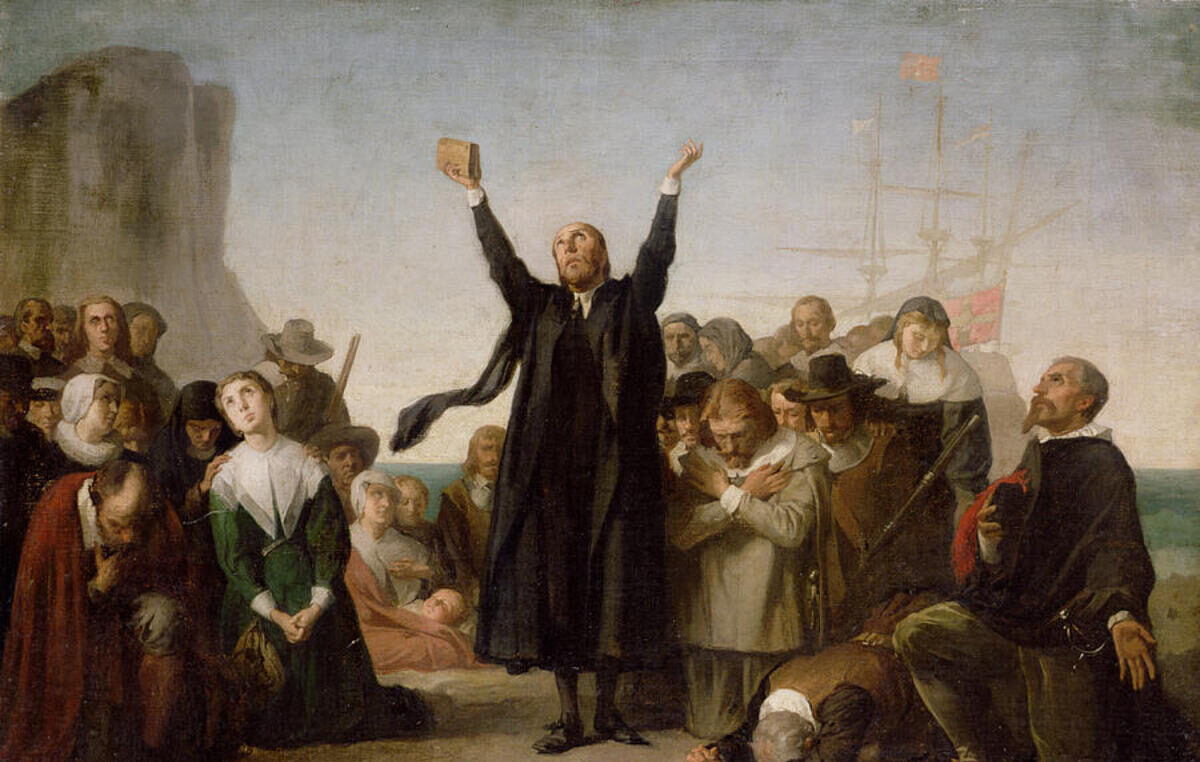
Hello, I just read your article, What Can We Learn from Writers Who Are Artists. You give noteworthy examples of historical figures we primarily think of as writers and point out how they were also visual artists. I’m excited about your “Writer’s Brush.” I’m a Low Res MFA student with The School of the Art Institute of Chicago (SAIC). Writing is my primary art as I delve into visual forms of collage using crafts like print and paper making to capture histories as visual formats. Carl, I’m wondering if you would allow me to interview you for a course project. My website and email address are provided below. I hope to hear from you soon.